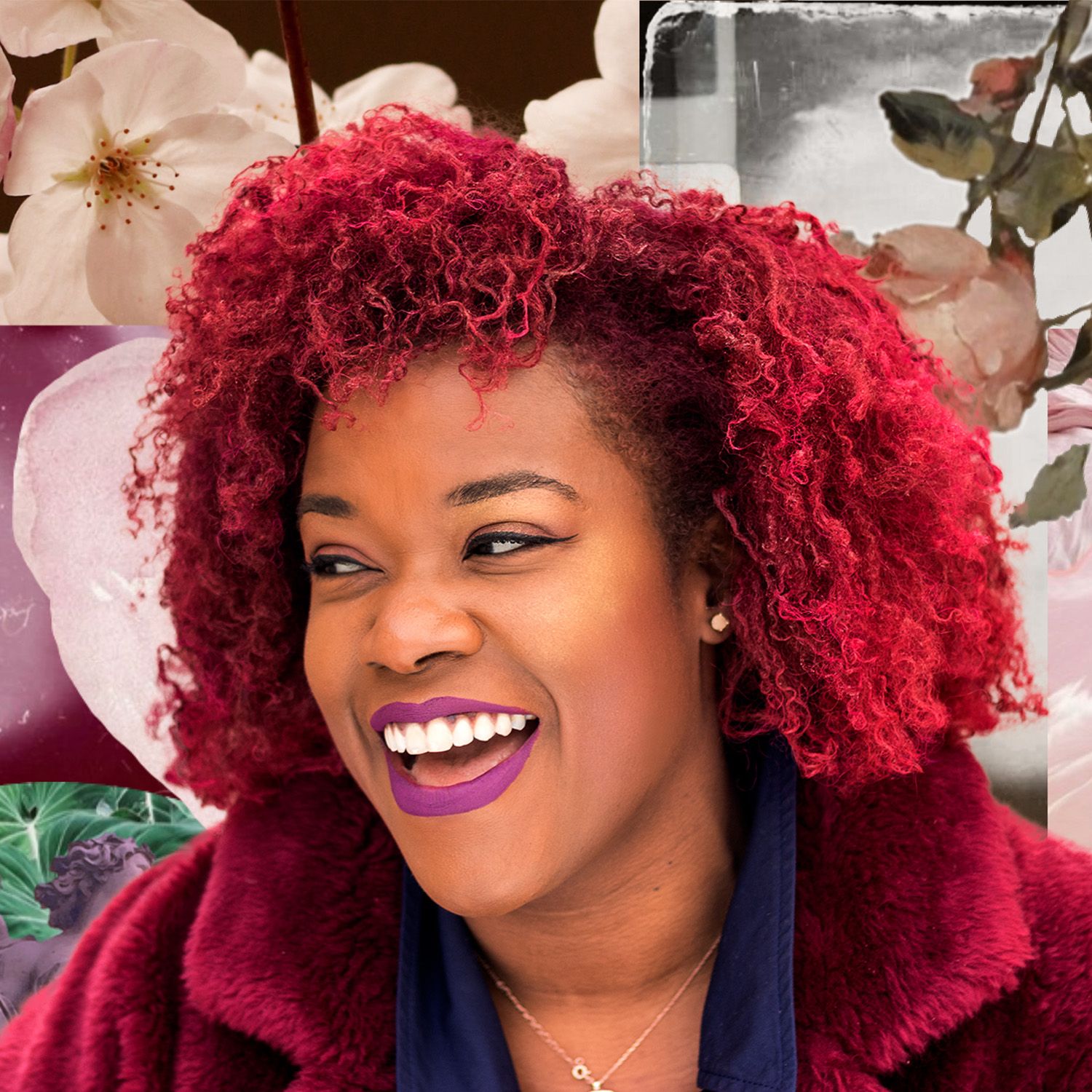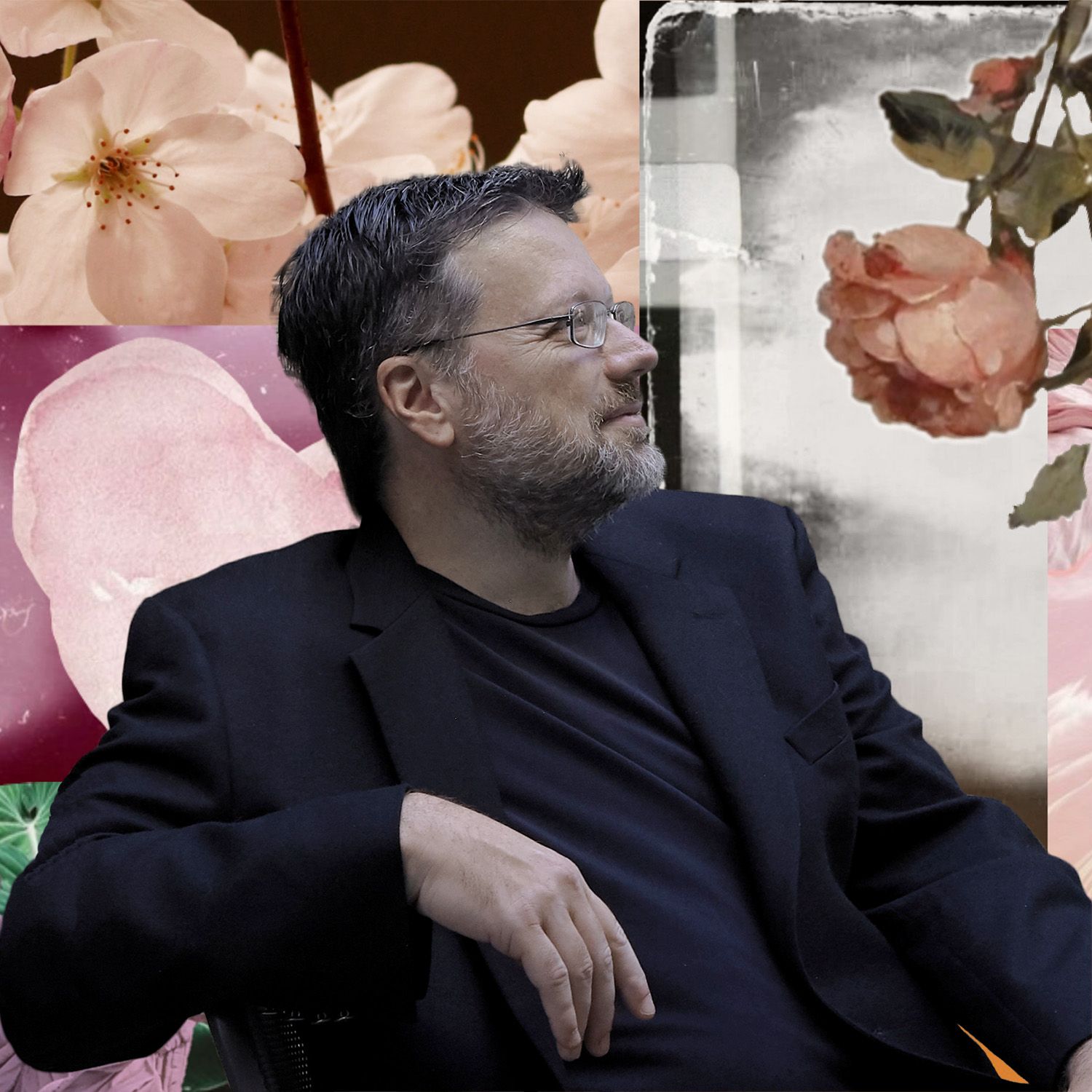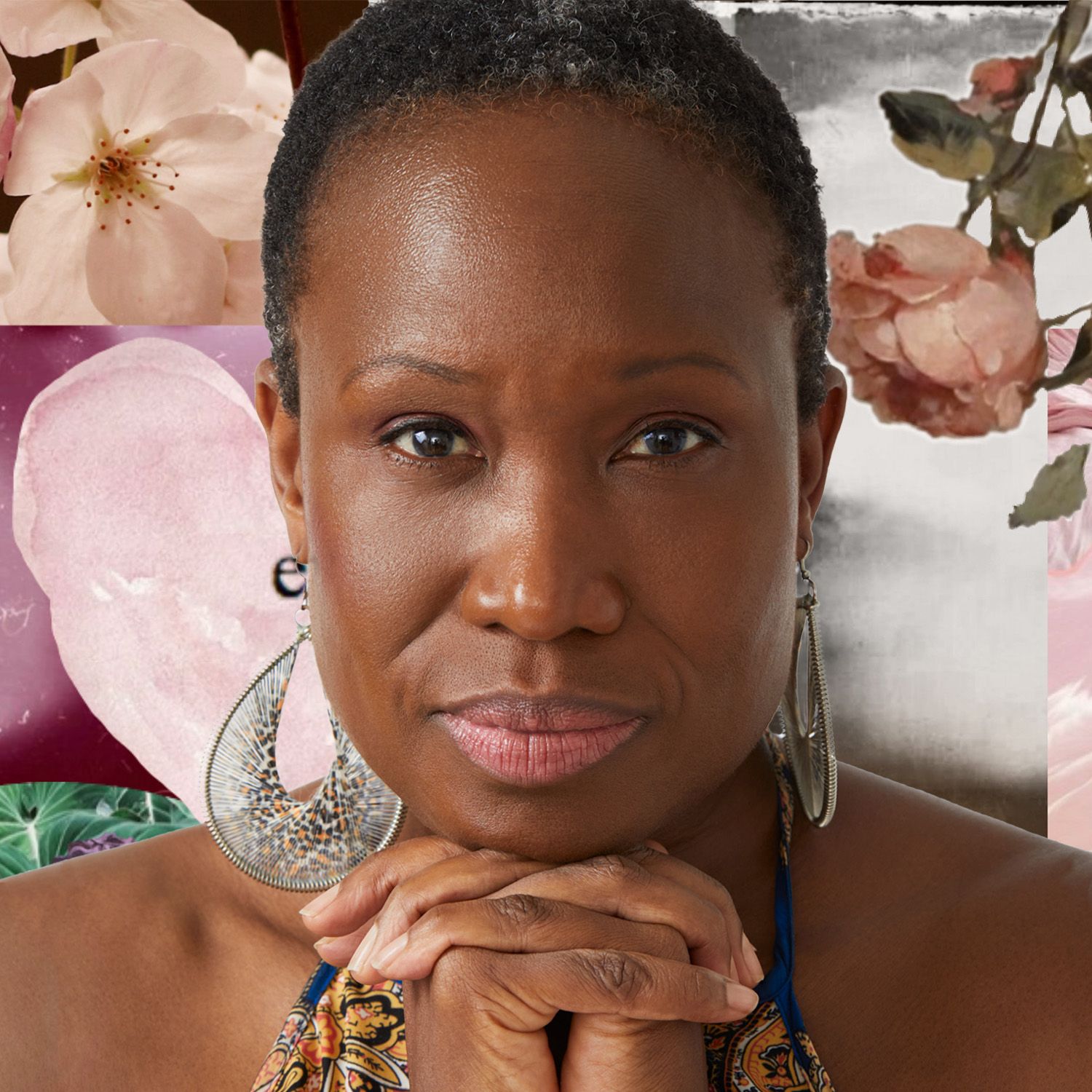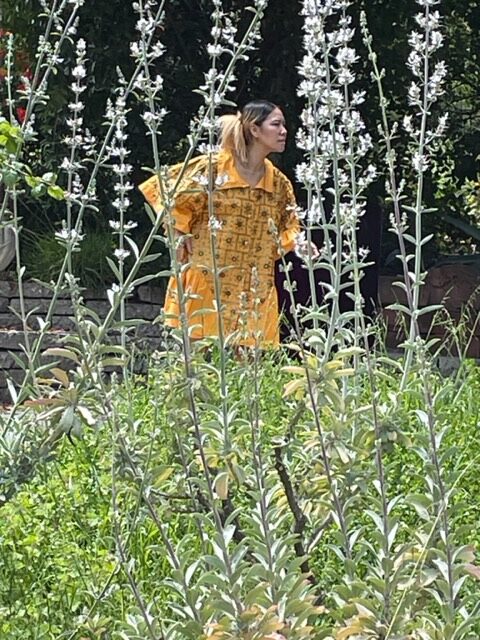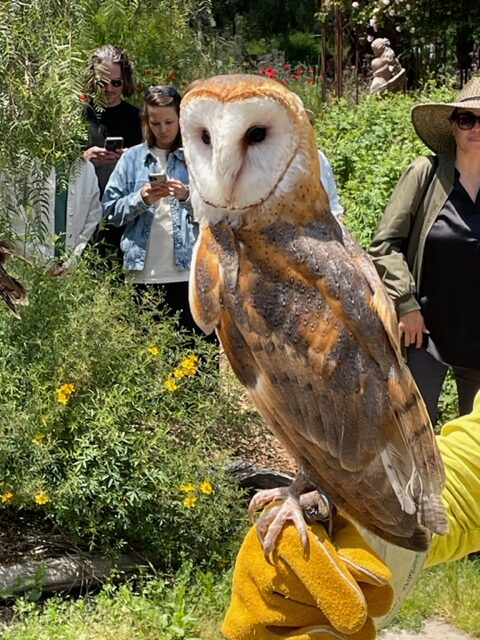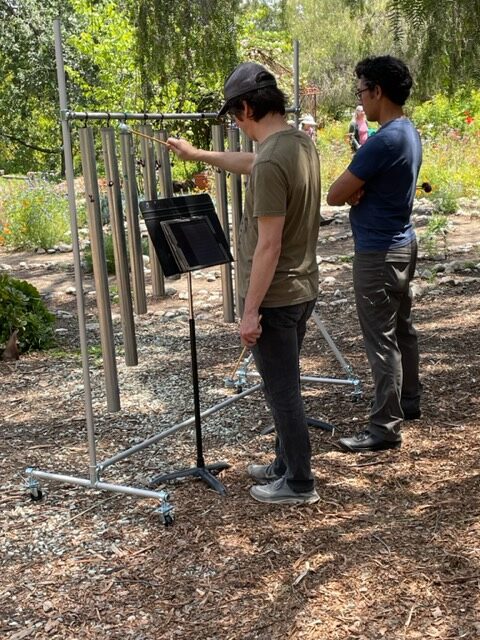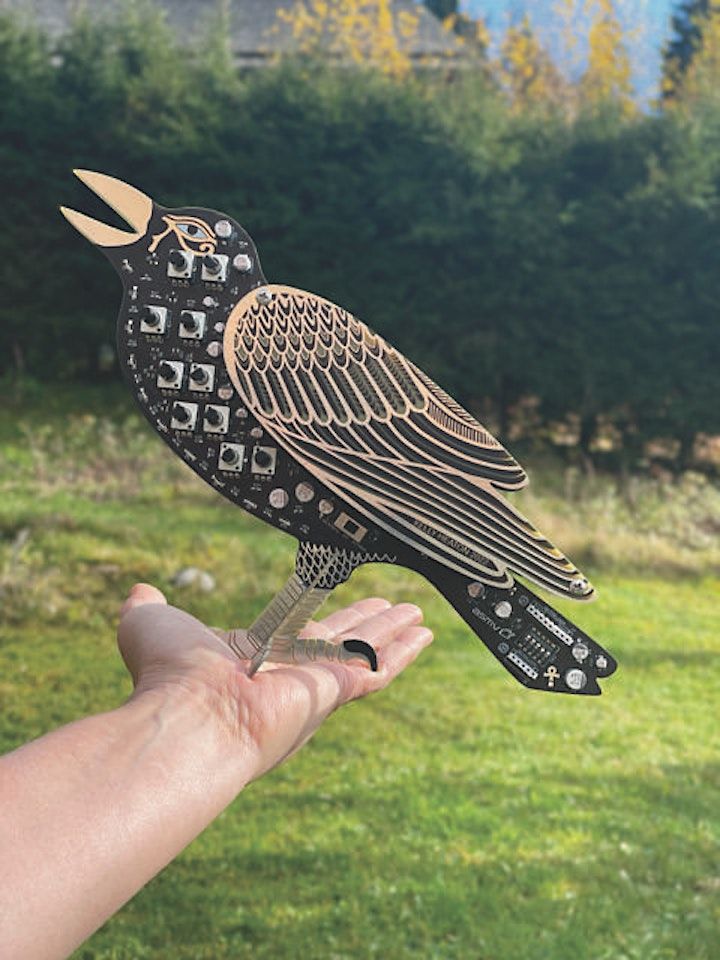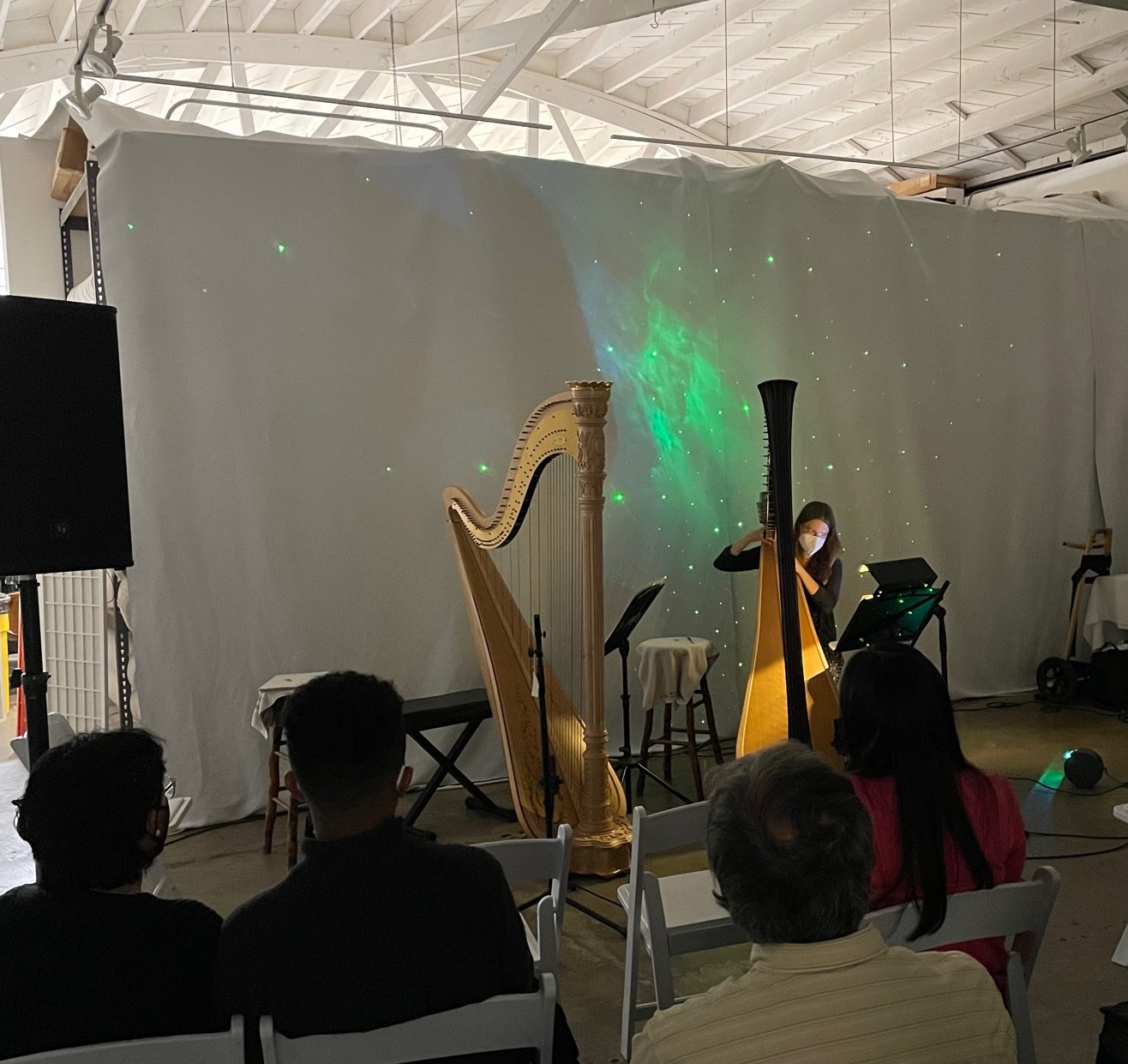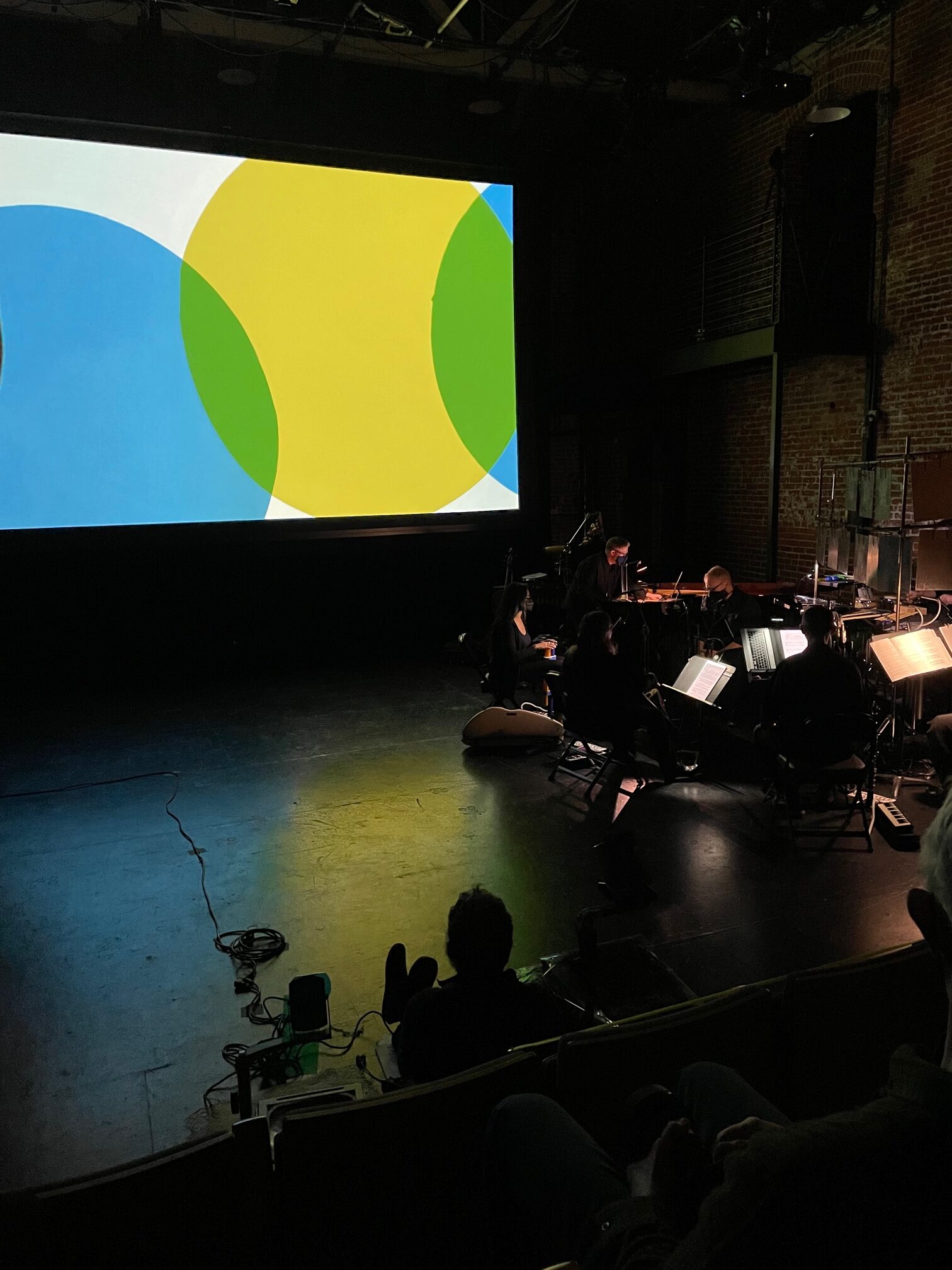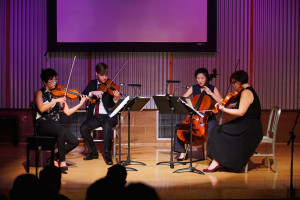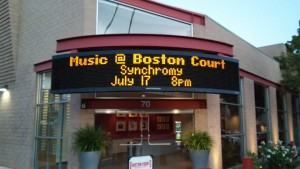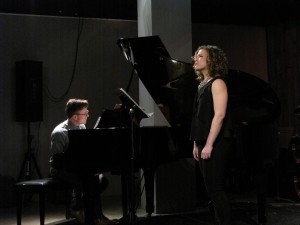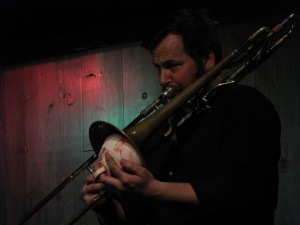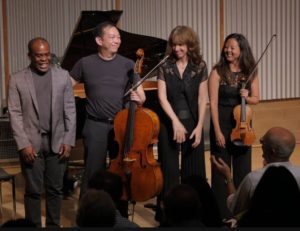 On Saturday, June 3, 2017 Music@Boston Court hosted Broken Rivers, a concert of piano trio music presented by the composer collective Synchromy. Pianist Vicki Ray, Cellist Timothy Loo and Alyssa Park on violin performed no less than eight pieces, including three premiers. Also featured were compositions selected from a call for scores that drew over 240 respondents. Narration for several of the pieces was provided by actor Ray Ford. Only a few vacant seats remained in the Branson performance space with the audience looking forward to a full program.
On Saturday, June 3, 2017 Music@Boston Court hosted Broken Rivers, a concert of piano trio music presented by the composer collective Synchromy. Pianist Vicki Ray, Cellist Timothy Loo and Alyssa Park on violin performed no less than eight pieces, including three premiers. Also featured were compositions selected from a call for scores that drew over 240 respondents. Narration for several of the pieces was provided by actor Ray Ford. Only a few vacant seats remained in the Branson performance space with the audience looking forward to a full program.
The first piece was the premiere of a new version of Broken River Variations by Nick Norton. This began with a strong flowing feel from repeating figures in the piano and cello. The violin entered with long sustained tones above but the overall sense was of an rapidly rushing river or stream. About midway through the pace diminished significantly, and the repeating figure in the piano was confined to the higher registers as if the river had become deeper and slower with just a few small ripples on the surface. The violin then took up the rapid figure while the cello and piano remained in the lower registers. The balance of sounds coming from the trio was admirably managed in both the score and the playing. Broken River Variations artfully captures the character of a river in different places, and so eloquent was the music that this piece could well have been extended to describe still more of the river’s course.
Tarantella Carbine, by Caroline Louise Miller followed, a piece for solo cello and electronics. This began with a series of chirps and other anxious tones emanating from the speaker, answered by cellist Timothy Loo with a series of squeals and trills. Further tension was added by the electronics from a string of ominous beeps and the cello responded with a flurry of strong passages that brought to mind the vivid expressionism of the early 20th century. The mood turned darker still from a run of deep pizzicato notes and then a sequence of low solemn tones in the cello. More scratching and scraping sounds in the electronics provided a good contrast here, enhancing the sense of anxiety. Tarantella Carbine is complex and difficult cello piece that fittingly captures our present angst, and a challenging one for both the performer and the listener.
The west coast premiere of fold by fold, by Michael Gilbertson followed, and this was one of the pieces selected from the Synchromy call for scores. Narrator Ray Ford explained that Gilbertson’s inspiration for writing this piece came from a painting by an acquaintance – who had subsequently died of bone cancer at a young age. Accordingly, fold by fold opened with slow, solemn chords in the strings and single notes or short chords in the higher registers of the piano. The feeling was introspective and sad, but never melancholy. As the piece progressed some lovely harmonies in the strings were heard, joined by the piano in an engaging counterpoint. Later, an active, repeating figure appeared in the violin and this was matched against sustained tones in the cello below. The flow and texture of this piece were impressively scored and played – the sound often seemed bigger than just a trio. fold by fold came to a quiet finish, a fitting musical tribute to a friendship ended too soon.
East Broadway, by Julia Wolfe was next, and for this Vicki Ray returned to the piano accompanied by only a boom box which began the piece by issuing a series of steadily repeating rhythms that sounded distantly mechanical. The piano joined in with a fluidly recurring melody in the higher registers that added a bit of humanity to the mechanized feel from the electronics. The pace of all this was frenetically fast, and brilliantly captured the lively wit and free form spectacle of the New York street scene. Ms. Ray kept up with all of it, and East Broadway lurched to an appropriately fitful conclusion amid much applause.
Wake the Dead by Dante De Silva followed, and this was preceded by a narrative reading from Ray Ford about death and burial, setting a pertinent tone. Wake the Dead began with several deliberately sharp chords in the strings, separated by silence. This was heard again, a bit faster, as the piano entered with an active repeating figure, adding to a purposeful feel. The strings soon joined in this, interweaving layers of busy notes in a complex tapestry. As the piece continued, this compound texture gave way to dark, deep tones in the piano which combined with pizzicato figures in the strings to create a more subdued and mysterious feel. A change back to the shifting syncopated passages and a lively rhythm highlighted the precise playing of the trio and the evocative quality of the score. At just this point, however, the tempo slowed dramatically, and some lovely sustained harmonies were heard in the strings along with a simple counterpoint in the piano. The feeling was peaceful and serene, like a sleepy lullaby, as the piece glided to a quiet close. Wake the Dead is beautifully written and this was a warmly performed depiction of what will always remain unknown.
Following an intermission, gone into night are all the eyes by Thomas Kotcheff was performed by the piano trio in three movements. This opened with a bit of poetry read by Ray Ford, accompanied by quiet passages in the cello. As the poem ended, pizzicato in the cello and sustained tones in the violin were accompanied by rapid piano figures ending in brisk trills. The cello and violin then took up a duet, with only scattered piano notes heard and this resulted in a somewhat remote and lonely feeling. More trills in the piano introduced some tension, but a strong melody in the strings evoked a sense of the lovely and the mystical as the first movement faded to a close.
The second movement was more complex and dynamic, with a quicker tempo and a purposeful feel. The ensemble playing here was accurate and precise given the busy syncopation and a doubled melody line in the strings; a nice contrast with the opening movement. Towards the finish, strong cello notes were answered by the violin as this movement faded to silence. The third movement was slower with a quiet harmony in the strings that suggested sadness. The piano then took up the somber melody as a solo in the lower registers with the violin and cello entering to create some beautiful harmony. More piano followed and then a violin solo and a stronger tutti section that felt darkly mournful. A slightly brighter feeling emerged from an ascending scale figure and this combined with more warm harmonies in the strings at the finish. gone into night are all the eyes is a beautiful work, well founded in its structure and strong emotional exposition.
Well-Spent, by Eve Beglarian was next and this was a solo violin piece accompanied by a recording of a violin from the speaker. Inspired by the notebook of Leonardo Da Vinci, for this piece Alyssa Park tuned her violin down half a step. Well-Spent began in a flurry of double-stopped notes from the violin amid a solid outpouring from the speakers. At times it seemed that the sound was coming from all directions and in all registers, like being caught in a swiftly flowing stream. As the piece progressed, a slower melody emerged in the recording that formed a cantus firmus around which Ms. Park wove a compelling counterpoint. More sounds boiled out from the speakers and the intricacy of the playing by Ms. Park was impressive. At the finish the melody from the recording began to slur downward in pitch, fading out at the close. Well-Spent is an intense experience in tuning and rhythm, adroitly played by Alyssa Park.
The final work on the program was the US premiere of the atrocity exhibition, by Anton Svetlichny, a composer based in Russia. This music was probably the most technically challenging piece selected from the call for scores, having meter markings of 10/16, 12/16, 6/16, 7/16 or 4/16 that alternated between measures, and a bright tempo based on rapid sixteenth note passages. Appropriately, Ray Ford began with a reading from J.G. Ballard’s poem of the same name. the atrocity exhibition then began with a sharp repeating piano figure and the strings responded with a needle-sharp, syncopated accompaniment. The notes were harsh and dissonant, producing an immediate sense of anxiety and stress. The piano managed to hold the ensemble in a tight rhythmic groove while the complex figures in the strings evoked a sense of disconnection with reality.
As the piece progressed, the cello takes up the repeating figure and the piano answers in counterpoint. A cello solo full of trills and glissandos follows that adds greatly to the disorienting feel. As the piece drew to a finish the repeating figure was taken up by the entire ensemble and the sense of frustration and futility was complete. The score required all the players to end end on the same pulse – a specification made all the more demanding given the rapid tempo and the changes in metering with almost every measure. This was accomplished with perfect precision, however, and the atrocity exhibition was received with a standing ovation and loud cheering.
Broken Rivers brought new and established pieces for the piano trio together in a single concert program that united cutting edge composition with musicians capable of exceptional technique. Another landmark event for new music in Los Angeles.
